Analysis
Second COVID-19 waves grips rural India, shortage of vaccines and healthcare professionals
With the second wave of COVID-19 infections creating havoc in rural India, authorities are scrambling for vaccines and healthcare professionals. Bodies floating in the Ganges, in Uttar Pradesh and hundred more buried on the banks of the river show the grim reality.
Distressing images and heartbreaking stories show that the people and the governments did not learn much from the 2020’s first wave, and are now struggling to breathe and make it out alive. The shortage of COVID-19 vaccines and medical oxygen added to lack of beds in ho spitals is making the health crisis similar to that of what movies depict as doomsday.
Rural India, where more than 60% of the country’s population lives is solely dependent on government vaccination centres. The central government’s new vaccine strategy allocated 50% of the vaccine doses produced in the country to be procured by the state governments and private players in equal parts. They would have to get the doses directly from the manufacturers at rates different than that availed by the Centre.
Data analysis by TOI states that nearly 1.9 crore doses administered in the eight cities till May 16, 1.4 crore or 75% were done in government centres. Whereas, in the most rural districts in these eight states (Gujarat, Karnataka, Tamil Nadu, Delhi, Haryana, Telangana, West Bengal and Maharashtra), out of 15.1 lakh doses administered, 14.8 lakh or 97% was done in government centres.
Scarcity of supplies means much of the aid is going to the most densely populated cities with the highest caseloads, leaving villages to rely on themselves as the COVID-19 tears through households. Girjashankar, a 70 year-old Chogath resident, told CNN there is no government relief in the village, no doctor, no way to come or go to bigger hospitals. “Nobody comes or goes here, there are no government workers of any kind.”
A local pharmacist said he was very angry at the lack of access to care and the shortage of help from authorities. “But what can we do? We have got no solutions, the people here are poor.” There are huge delays in blood samples being sent for testing and test reports are often greatly delayed. People are reluctant to follow quarantine protocols, and there is also lack of availability of quarantine facilities.
Also Read: Delhi CM raises concern about new COVID-19 variant detected in Singapore, dangerous for children
It has to be noted that in March 2020, more than 60 civil society organizations came together to form a coalition – the Rapid Rural Community Response to COVID-19 (RCRC), to enable a quicker response to the pandemic in rural areas. The RCRC, with its reach of 1.6 crore people in more than 110 districts of 15 states, it provided relief and livelihood support to millions of people affected by the pandemic during the first wave.
This time around, rural India has no choice but to wait it out and pray for recovery.


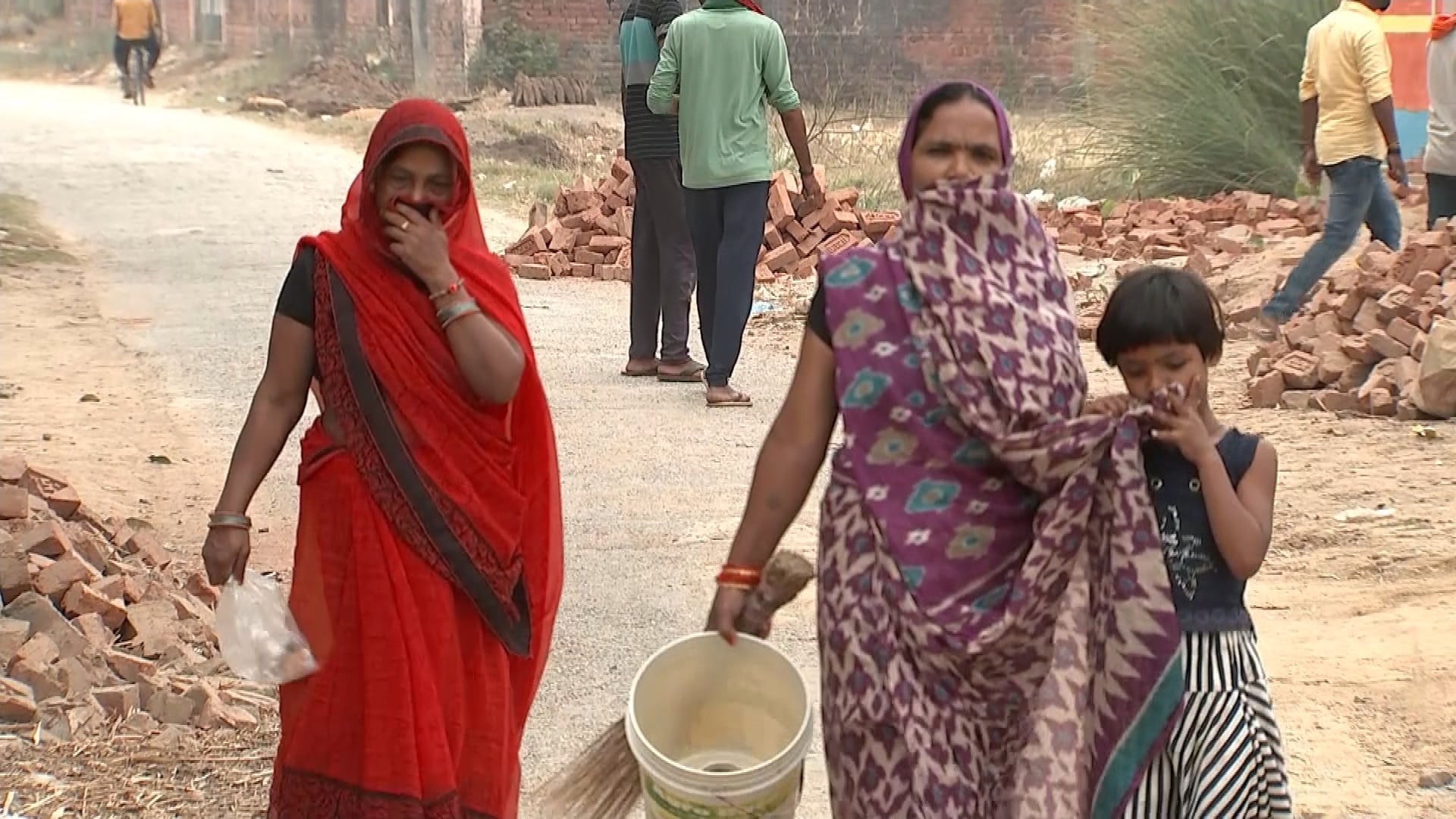


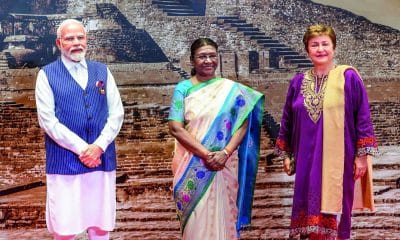
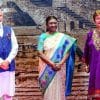
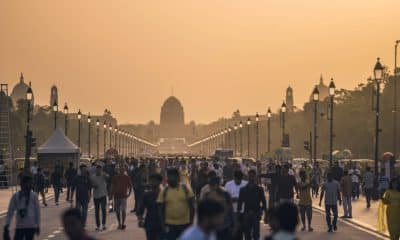
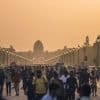



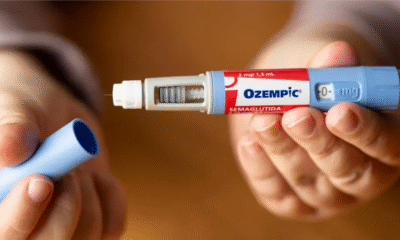


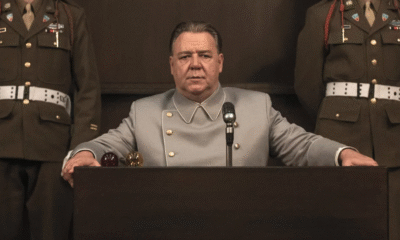













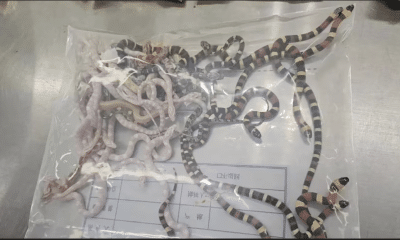
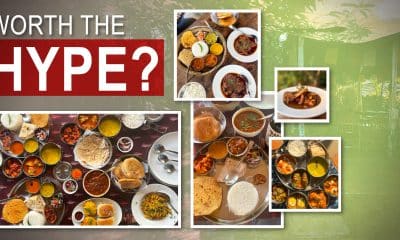


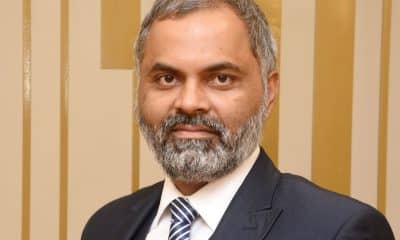







Pingback: American vaccines effective against COVID-19 strain first detected in India, say US officials
Pingback: Stressing tele-consultancy, the Punjab and Haryana High Court has asked Punjab, Haryana and Chandigarh to furnish details of the mobile telephone companies
Pingback: Streamline tele-consultancy for patients in home isolation: Punjab & Haryana HC - Daily Telemedicine news